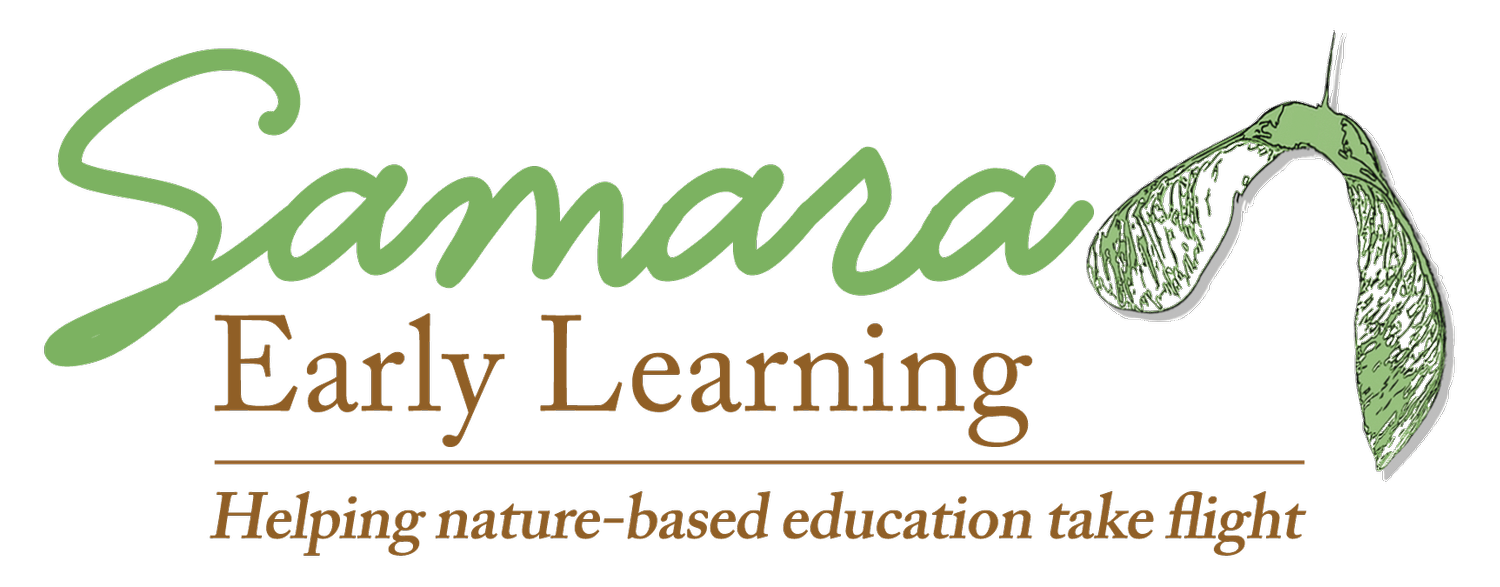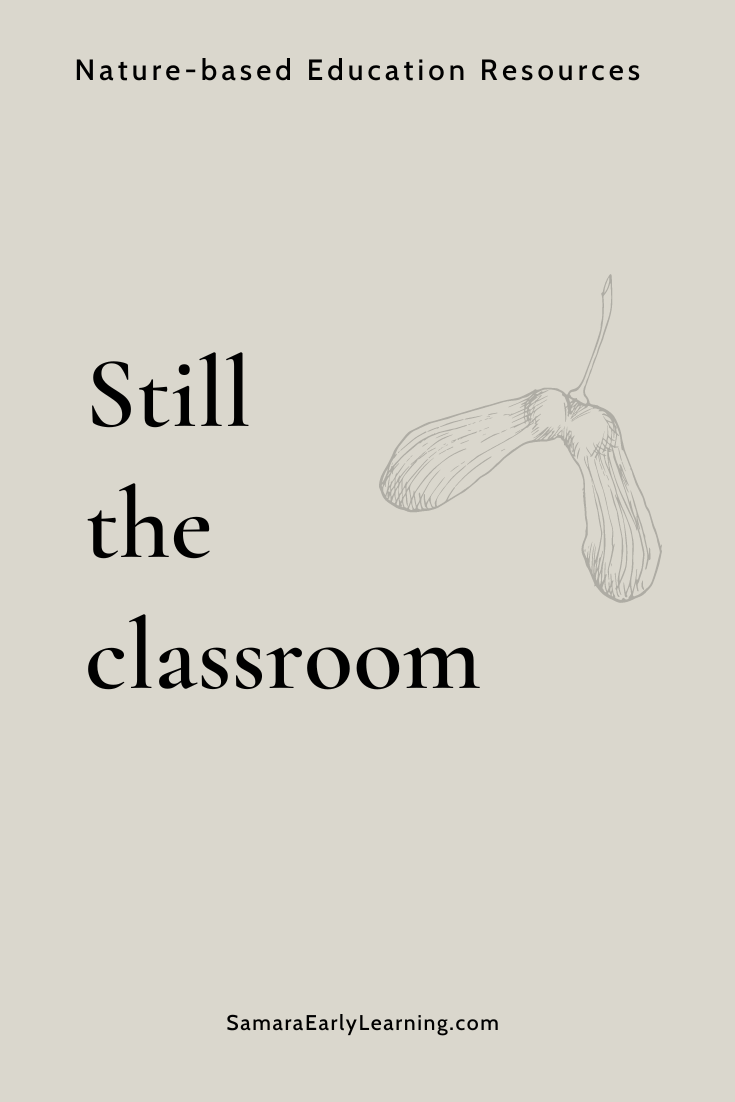Still the 教室
This post originally appeared in Dr. 瑞秋一. Larimore’s weekly Samara newsletter on August 15, 2023. If you’re interested in receiving these emails, scroll to the bottom of this page to subscribe. Please note, this post may include affiliate links. If you click through and pay for a product, Samara Early Learning will be compensated at no cost to you.
Last week I discussed the Inside 教室 and this week I’d like to share a bit about the Outside 教室.
Notice I called it Outside 教室–the outdoor play area is still a 教室! The goal is to move towards the outdoors being an extension of the Inside 教室. This doesn’t mean doing the exact same activities, but rather it means we engage 与 children in the same holistic ways Outside as Inside. 换句话说, time in the outdoor play area is not recess where teachers stand back and disengage from children’s play.
为了实现这个目标, a starting point is to move away from elaborate constructed climbing structures which focus on primarily physical play to 自然游乐区s which allow for a wide range of play.
In 自然游乐区s the play will also change as the seasons change. In contrast to a climbing structure where the play is the same no matter what time of year.
Just like we do indoors, we should be intentional about providing an environment that supports different types of play and in a variety of developmental domains. That’s why it’s helpful to ask…
In what ways does the 自然游乐区 serve as an extension of the 教室?
When you’re thinking about this question, consider what play opportunities are available for children in these areas that are typical when indoors:
读写能力
数学
科学
艺术
块
感觉
玩具和游戏
表演游戏
Keep in mind the play opportunities don’t have to look the same as indoors. 例如, the children might have wooden blocks indoors, but outdoors they can build 与 PVC pipes and straw bales.
Another way to think about the use of the 自然游乐区 is to examine what opportunities exist for different kinds of play:
大型电动机玩
小型电机玩
掌握玩
基于规则的玩
建设玩
Make-believe play
象征性的打
语言游戏
Playing 与 the arts
感觉玩
危险游戏
To support the different developmental domains and types of play we can provide a variety of materials. These include fixed features like a stage or cabin, as well as loose parts–open-ended materials children can use in a variety of ways. Ideally, we’ll provide a mix of both natural and manufactured materials to maximize children’s play opportunities.
I encourage you to take these lists outside and notice how many opportunities children have for the different types of play and domain-based experiences. Are there multiple opportunities? If not, what equipment or materials might you add to the space?
By considering the type of play opportunities available, we can shift toward the outdoor play space truly serving as an extension of the 教室 where teachers are as engaged in supporting children’s play as they are indoors.
Keep changing lives,
瑞秋
瑞秋一. Larimore, Ph值.D., Chief Visionary of Samara Learning
Need more help evaluating your play area?
你可能会发现 Checking on the Natural Play Area: Is it an “Extension of the Classroom”? 一个有用的工具! The goal of a 自然游乐区 is to provide children 与 opportunities for deep and extensive play and interactions—just like when they're indoors! 为了实现这个目标, it's important to reflect on the materials and play space available, and whether they support children's learning across different developmental domains.


